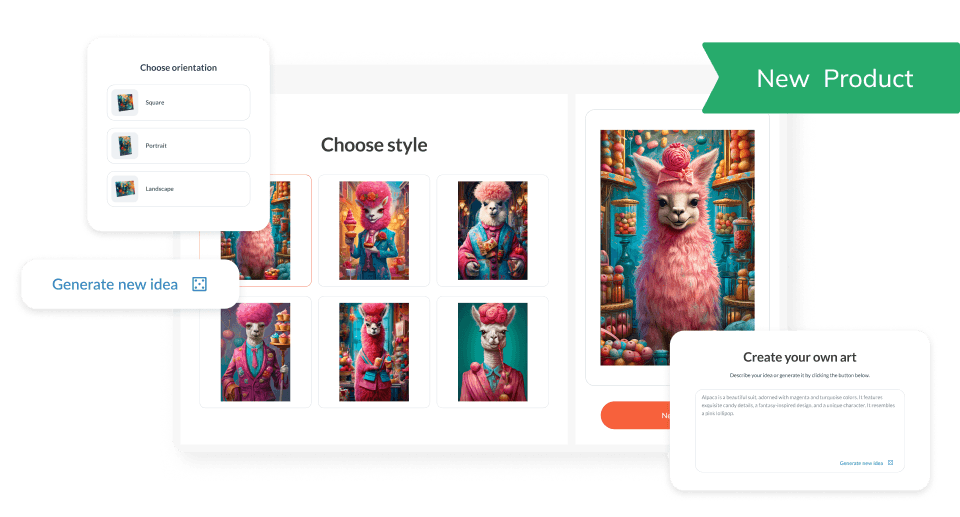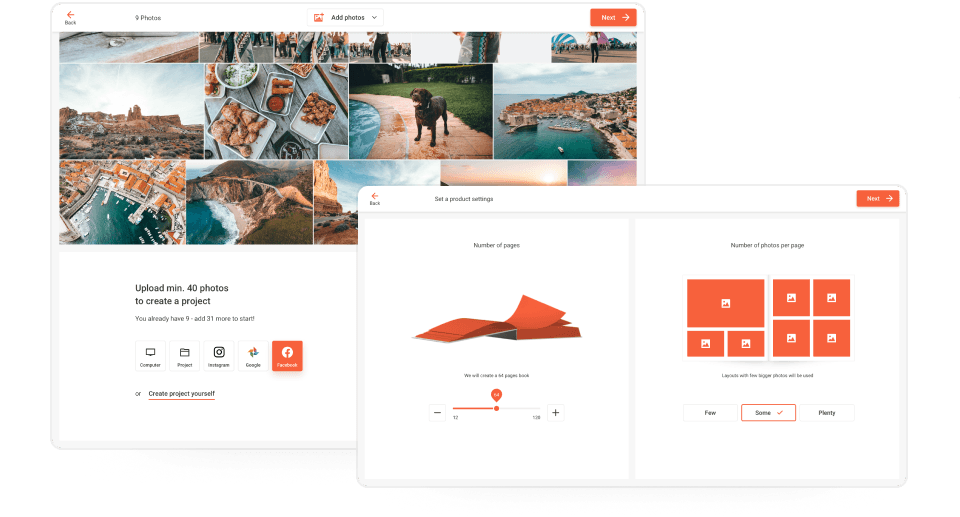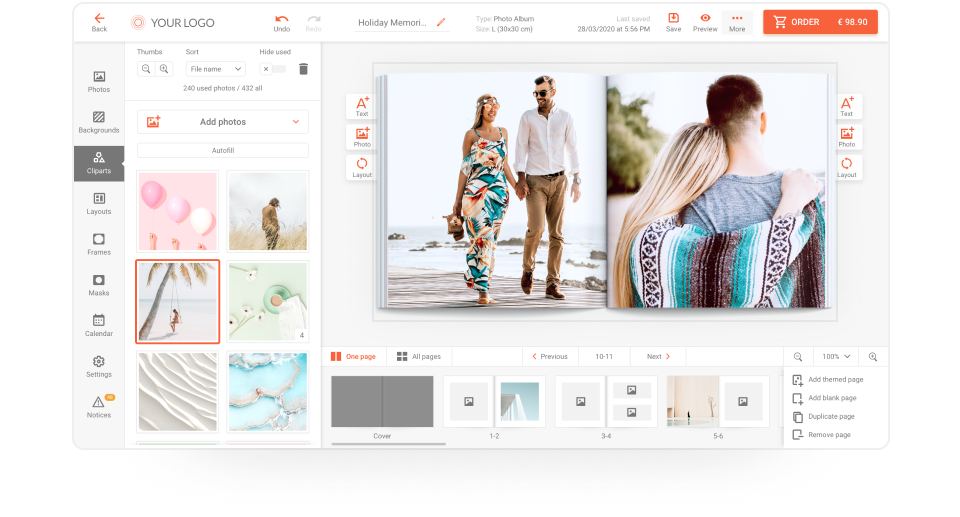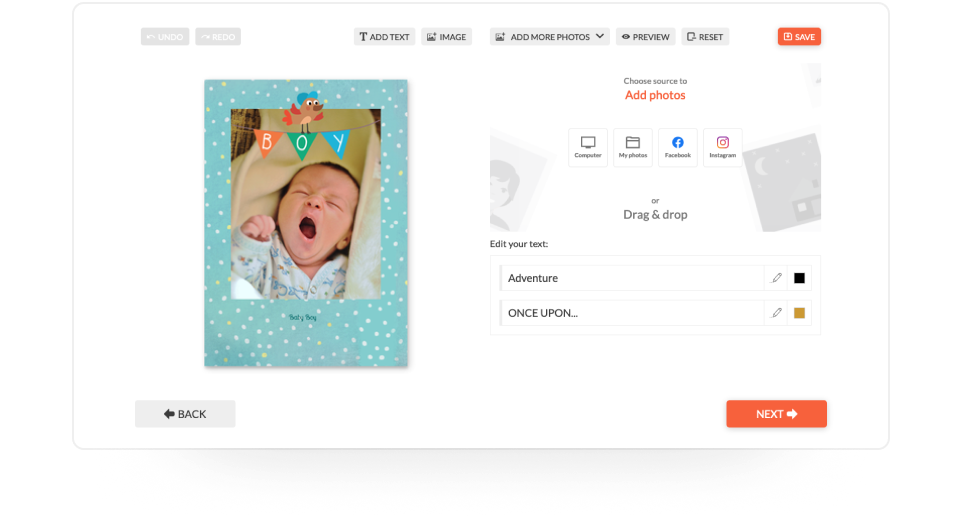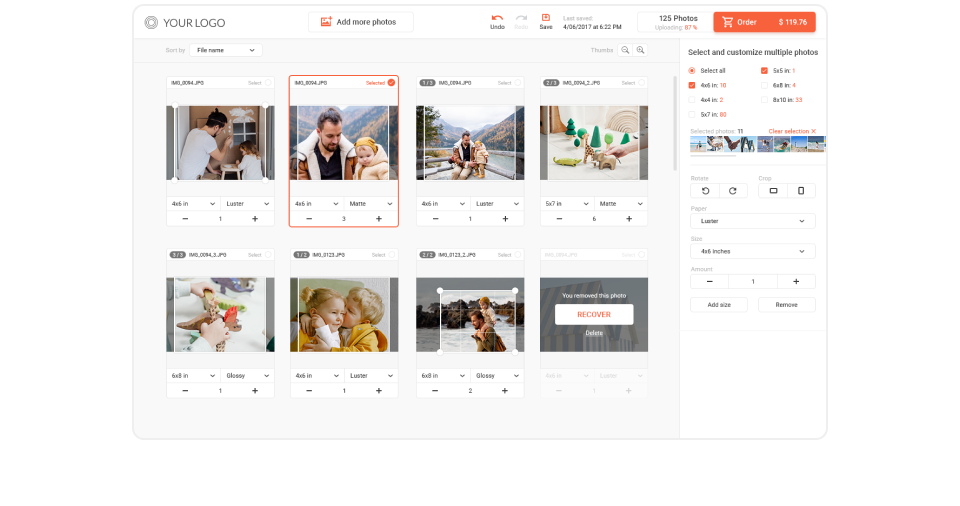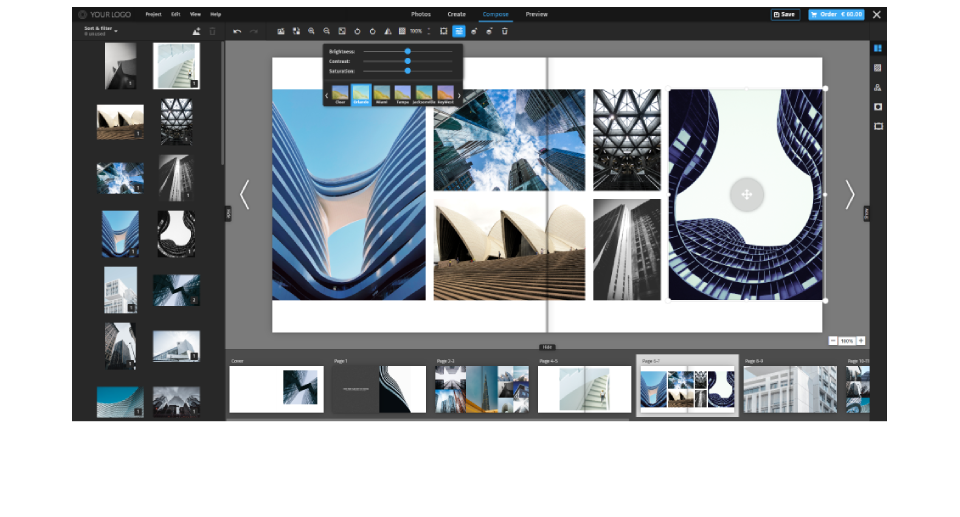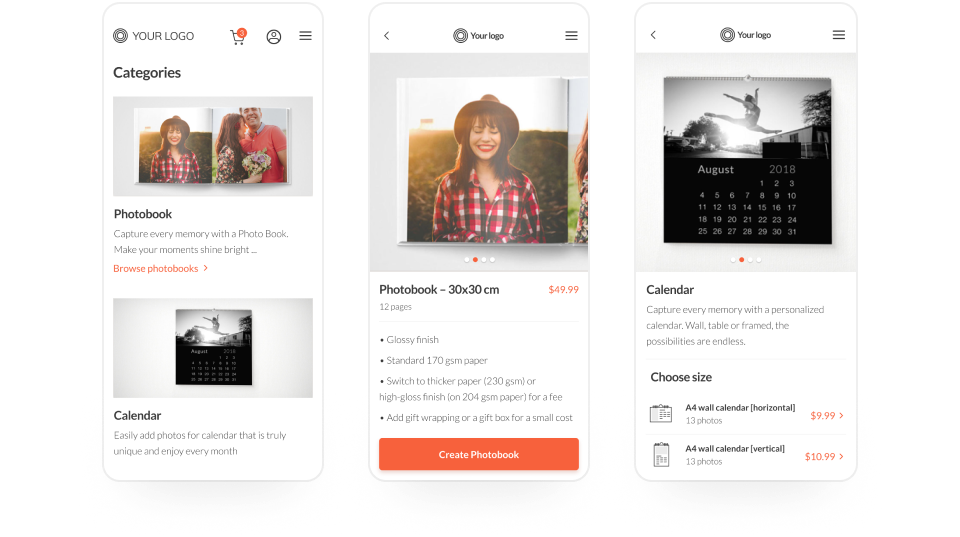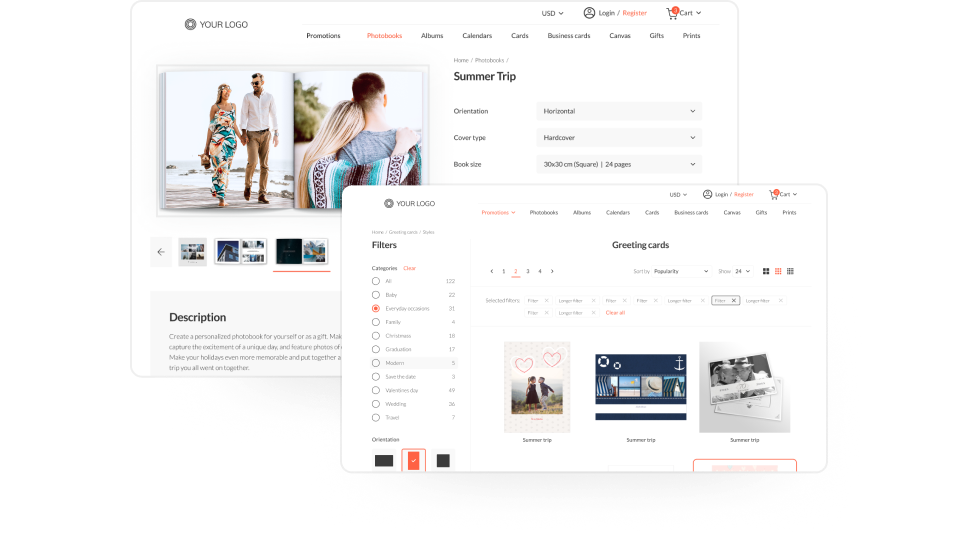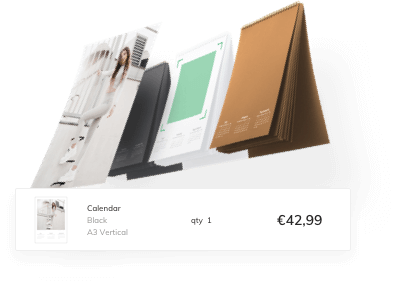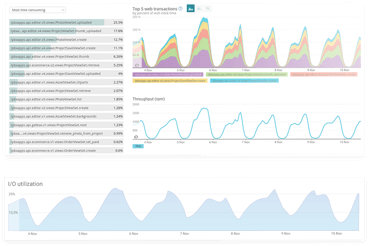Your photo products aren’t just limited to people looking for wedding or birthday gifts. There’s strong demand across all sorts of businesses, so why not start catering to their needs as well?
For as long as there have been businesses, there has been a need for customised products with personalized branding. There have always been trade shows, promotional giveaways and employee gifts, a situation which isn’t going to change. Whether it’s a company at a trade show or a business looking to gain attention at a job fair, they all need customisable products.
In fact, when you think about what businesses might need – be it canvases, leaflets, business cards, calendars, gadgets and various other trade show items – the possibilities are endless.
So, why not make the move? Done right, the business to business (B2B) selling process can prove very lucrative. Here are 5 key tips on how to offer personalized photo products for business customers.
B2B is not B2C, it’s different
Before we begin, it’s important to understand than many people make mistakes when moving into B2B sales, treating businesses just like individual customers. Don’t do this – businesses have very different needs.
You are still selling photo products but a business is likely going to need a run of 100 items or more, rather than just 1, and may even need runs of different items. As our 5 tips will show, it’s important that you always keep the needs of such businesses in mind.
Tip 1 – Prepare a custom store
Businesses and customers are completely different, so it’s difficult to have one store that meets both needs. If possible, create a second store for your B2B services.
Inform companies how many items can be ordered and how long the wait is (especially as the order scales up). As part of this information, offer specialized B2B discounts, such as small discounts for orders exceeding 100 products and so on. Having a separate store will also allow you to tailor a distinct brand for B2B purposes.
Alternatively, if it’s still too early to separate your store in two, ensure your website has a separate “for business” subpage on your site and use this to meet their needs. This will at least give your business customers a dedicated space.
Tip 2 – Build relations
When dealing with B2B, every lead is vital: losing a customer means losing a lot of potential profits. As such, always treat businesses as unique and individually respected clients.
Try offering new companies an additional discount on their first order to further entice them. Then, build and maintain your relationship with existing customers by keeping in touch. Inform them of further offers and keep them engaged.
Remember that you are always the salesforce behind your company. Every time you interact with other businesses, it reflects upon your service, so always overdeliver on expectations, respond to clients concerned and strive to solve customer problems as quickly and effectively as possible.
Sometimes, this will also involve a personal touch. Don’t just talk via e-mail. Don’t be afraid to give them a phone call, or even meet face to face. It all helps to build a strong relationship.
Tip 3 – Get proper DIY editor software
Your business clients will have specific criteria in mind, so you need an editor that allows them to create exactly what they need: they’re not going to compromise on their vision.
A professional editor is vital – it needs to offer as many features as possible. Yet, at the same time, it should come with base templates that your clients can use as a basis. Nobody likes starting completely from scratch.
In other words, your editor should allow customers to create something incredibly unique, while making the process incredibly easy. Be sure to have some samples as proof of the high quality you offer, as well. Few companies will part with their money without seeing some evidence of high quality.
Tip 4 – Offer extra services
Sometimes, your client might need something a little different – for B2B sales, you should strive to meet these needs.
If a client doesn’t want to design their own product – perhaps they feel they lack the design skills to achieve their vision – offer additional design services. This can be yourself or even a recommended designer that you work with. This will give the client and easy way to get exactly what they want.
Furthermore, offer sample products that showcase what you can do. Businesses may be more likely to purchase items after sampling existing examples, as this let’s them see exactly how logo designs and brand names will appear.
Tip 5 – Have a digital marketing strategy
Businesses will do some quick research before they invest in anything. As such, you need to invest in a little digital marketing to ensure your brand comes up.
SEO – Search Engine Optimization – is vital. This is what determines how visible you are in search engines, so investing here will help new clients find you all the more easily.
Alongside this, of course, you should consider some paid advertising. Google Adwords and Facebook Ads will let you target users via various criteria, including their location. This is a great way for local businesses to find your service
Since you’re operating in B2B, you can also consider LinkedIn. This is a network for businesses, so an advert here – or even some personal outreach – will surely reach the right people.
Wherever you advertise, use this opportunity showcase your special discounts for large orders. You should also showcase your work with previous companies, complete with photographs and testimonials. Highlighting past successes will help instill trust with new clients. This will grab a company’s attention and give them the final push to click through to your site.

